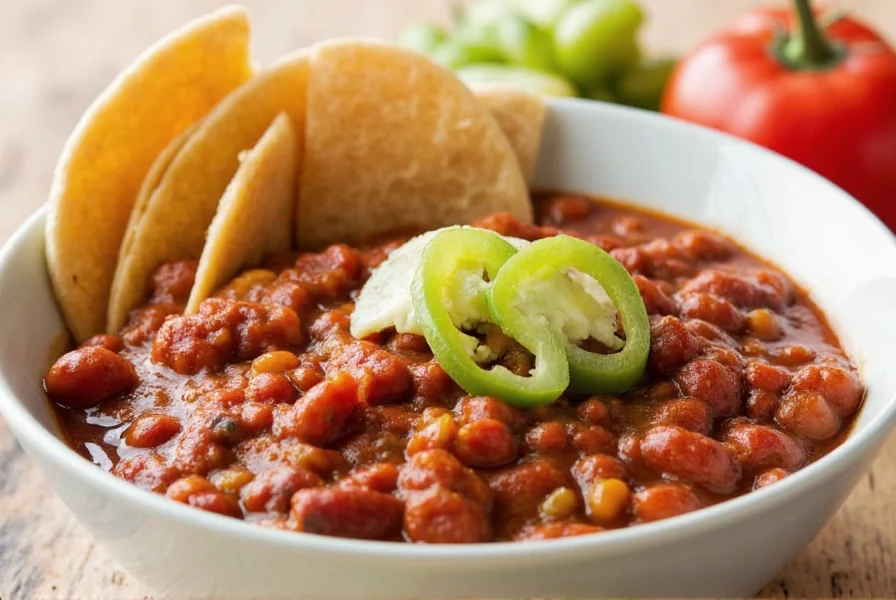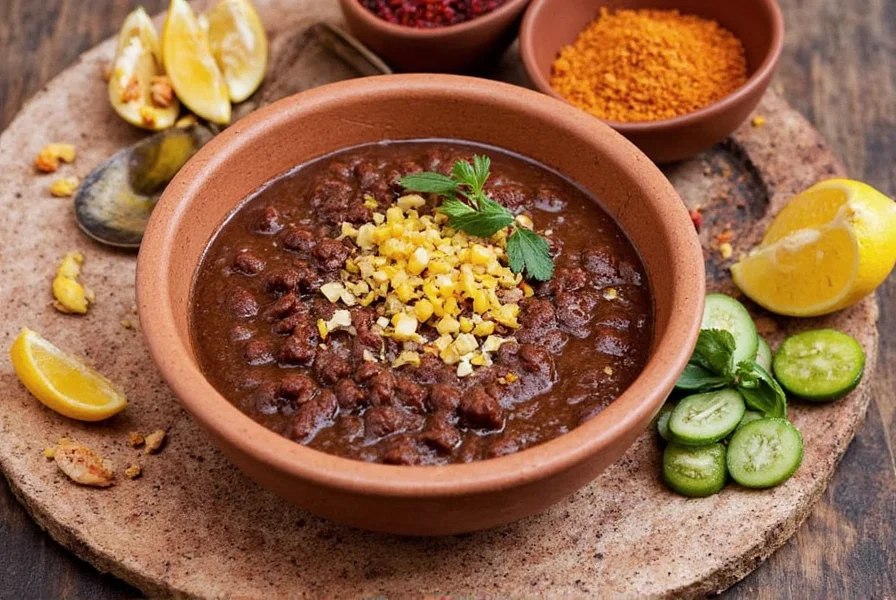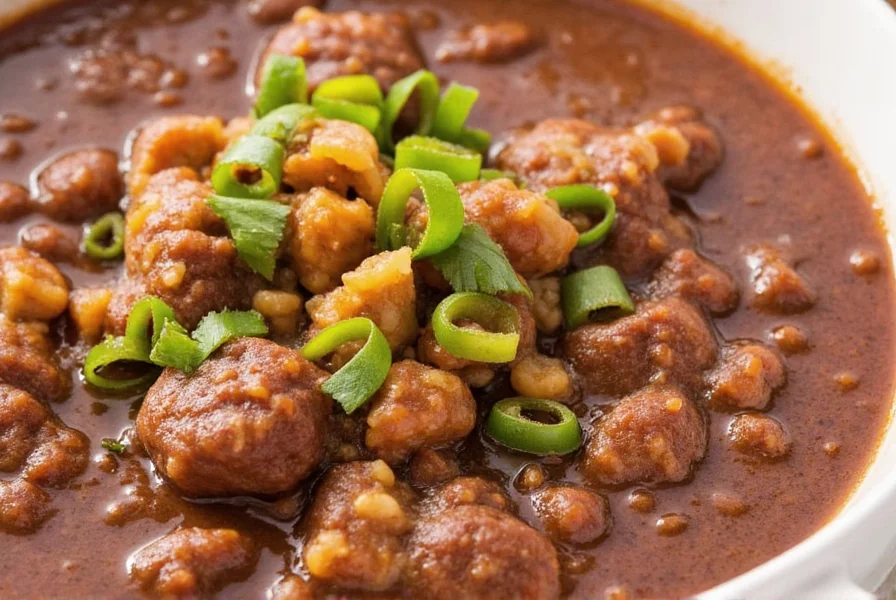Mole: A Flavorful Journey into the Heart of Mexican Cuisine
When it comes to spices, there's one that stands out not just for its complexity, but for its deep cultural roots and incredible flavor profile—mole. But what is mole the food? Let's dive into this rich and aromatic sauce that has been a staple in Mexican cuisine for centuries.
Table of Contents
What Is Mole the Food?
Mole is more than just a sauce—it's a culinary masterpiece. This thick, rich sauce is made from a complex blend of ingredients including chili peppers, chocolate, nuts, seeds, spices, and sometimes even fruits or tomatoes. It's a traditional Mexican sauce that varies by region, with each version having its own unique mix of flavors and textures.
The word 'mole' itself comes from the Nahuatl language, meaning 'mix.' That’s fitting because mole is exactly that—a carefully blended mixture of ingredients that come together to create something greater than the sum of their parts.

Types of Mole
There are several varieties of mole, each with its own distinct character. Here are some of the most popular ones:
- Mole Poblano: The most famous type, made with ancho chiles, chocolate, almonds, and spices. It’s often served with chicken or turkey.
- Mole Negro: Dark and intense, made with multiple types of chiles, tomatoes, and chocolate. It’s commonly used in dishes like enchiladas.
- Mole Verde: Green and fresh, made with tomatillos, herbs, and avocado. Great for tacos and enchiladas.
- Mole Rojo: Red and spicy, made with red chiles, tomatoes, and garlic. Often used in stews and meat dishes.
- Mole de Olla: A rustic version made with a variety of ingredients, including squash and beans. Popular in rural regions of Mexico.

Cooking Tips for Mole
Creating a great mole requires patience and attention to detail. Here are some tips to help you get it right:
- Start with quality ingredients: Use fresh chiles, good-quality chocolate, and high-quality spices for the best flavor.
- Toast your chiles: Toasting chiles before soaking them enhances their flavor and makes them easier to puree.
- Use a mortar and pestle: For a more authentic taste, grind your spices and nuts using a mortar and pestle instead of a blender.
- Balance the flavors: Mole should have a balance of sweet, salty, sour, and spicy elements. Adjust as needed during cooking.
- Let it rest: After cooking, let your mole sit for a few hours or overnight to allow the flavors to meld.

Buying Guide for Mole
If you're new to mole, you might want to start with a store-bought version. Here are some options and what to look for:
Popular Mole Brands
| Brand | Features | Best For | Price Range |
|---|---|---|---|
| Mole de la Abuela | Traditional recipe with ancho chiles, chocolate, and spices | Chicken, enchiladas, or tacos | $5–$10 |
| La Michoacana | Uses dried chiles and natural ingredients | Stews, soups, or sauces | $7–$12 |
| El Cielo | Freshly made with a variety of chiles and herbs | Special occasions or gourmet dishes | $10–$15 |
When buying mole, look for products that list real ingredients rather than artificial additives. If possible, choose organic or locally sourced options for better flavor and sustainability.

Conclusion
Mole is more than just a sauce—it's a symbol of tradition, culture, and flavor. Whether you're a seasoned chef or a curious food lover, exploring the world of mole can be a rewarding experience. From its rich history to its complex flavors, mole offers something for everyone.
So next time you see mole on a menu, don't hesitate to try it. You'll be tasting centuries of culinary heritage in every bite. And now that you know what is mole the food, you can appreciate it even more.











 浙公网安备
33010002000092号
浙公网安备
33010002000092号 浙B2-20120091-4
浙B2-20120091-4